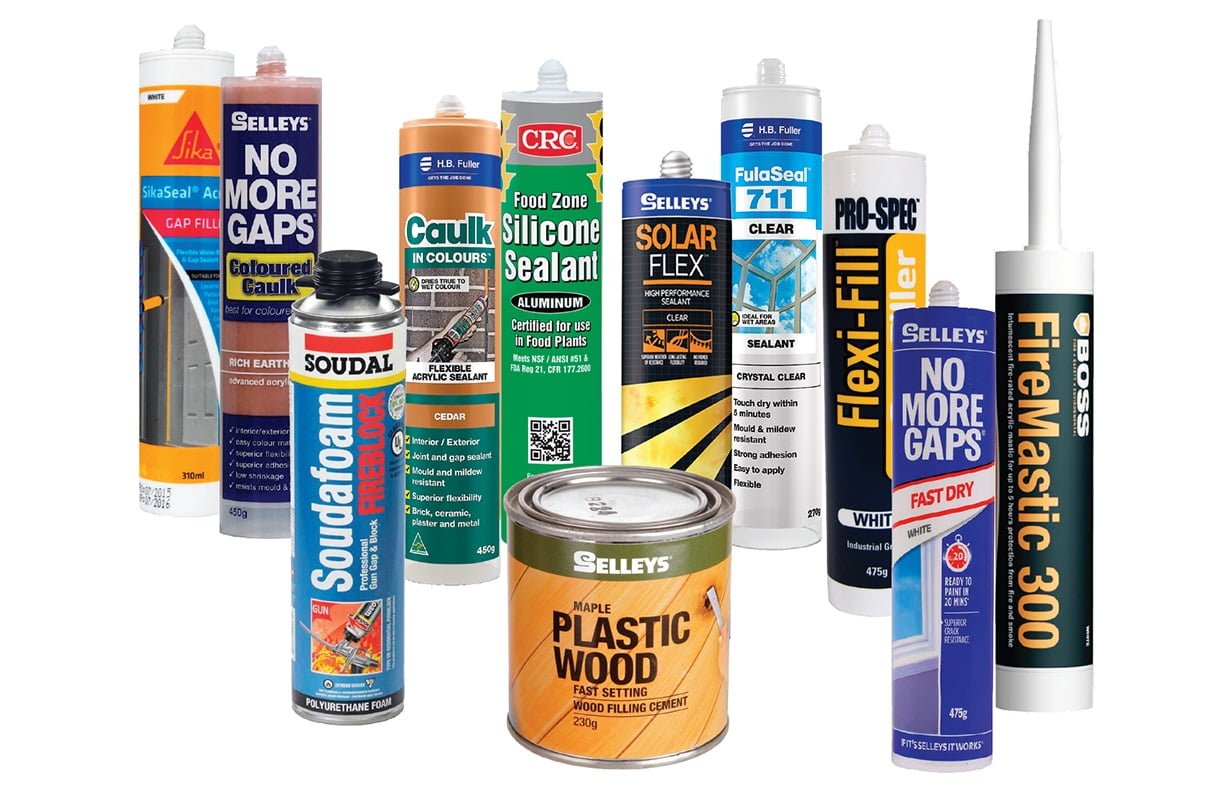Seal those drafts this winter

As we head towards winter, draughts can make your home far less comfortable than it should be. In the latest issue of Renew magazine, Lance Turner looks at options for sealing your home for a cosier cold season.
Unwanted draughts in a home make it perform poorly thermally, compared to a home that is well-sealed. With airflows into and out of a home, energy also flows due to the temperature differences between the interior air and the air outdoors. In summer, air flowing into a home can heat it, while in winter, warm air flowing out of a home is replaced with cold air, cooling the home and making heating work harder.
There are desirable draughts, which are usually controllable, such as when you open windows at the end of a hot day to vent out accumulated heat, and there are undesirable draughts, over which you have no immediate control. Unwanted draughts can be caused by gaps between building components or around built-in appliances and equipment such as lighting (particularly recessed downlights).
The ultimate sealing standard for homes is the Passive House standard, which allows for no more than 0.6 ACH50 (air changes per hour at a pressure differential of 50 Pa). This is an extremely tight standard, and very few homes meet (or indeed should meet) this standard. In Australia, the average home is more likely to be 20 ACH50 or worse.
So how airtight should your home be? For most homes, to maintain an acceptable level of comfort without requiring excessive heating or cooling (assuming the house is also correctly insulated, orientated and shaded), an airtightness of 5 ACH50 is enough, with few Australian homes reaching this level.
Read more of the article from the latest issue of Renew magazine.

